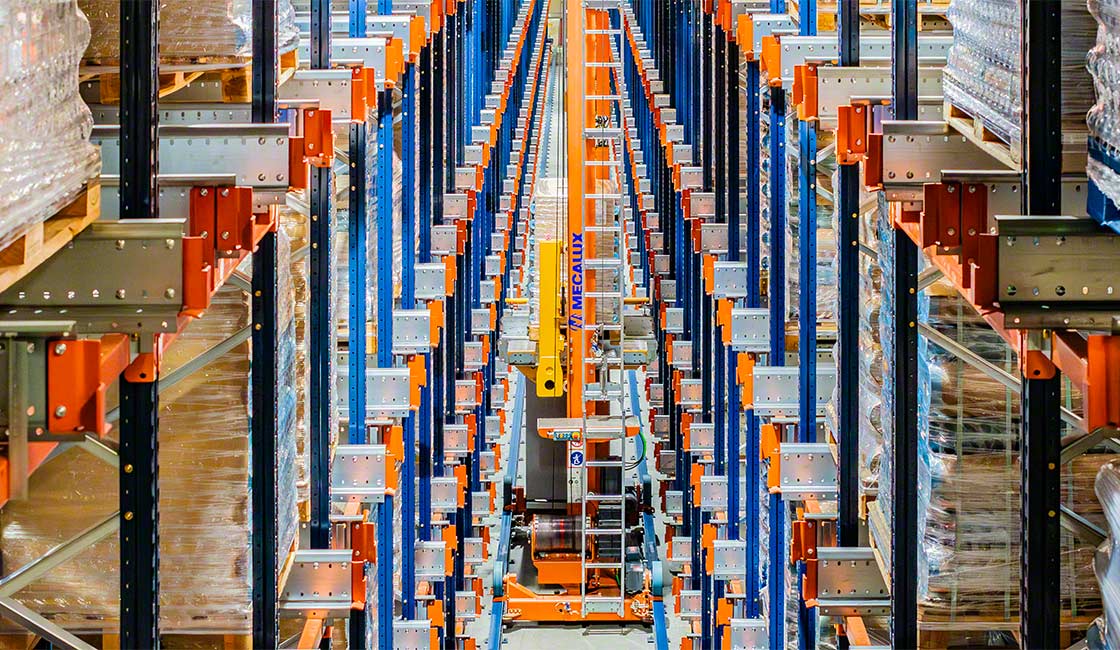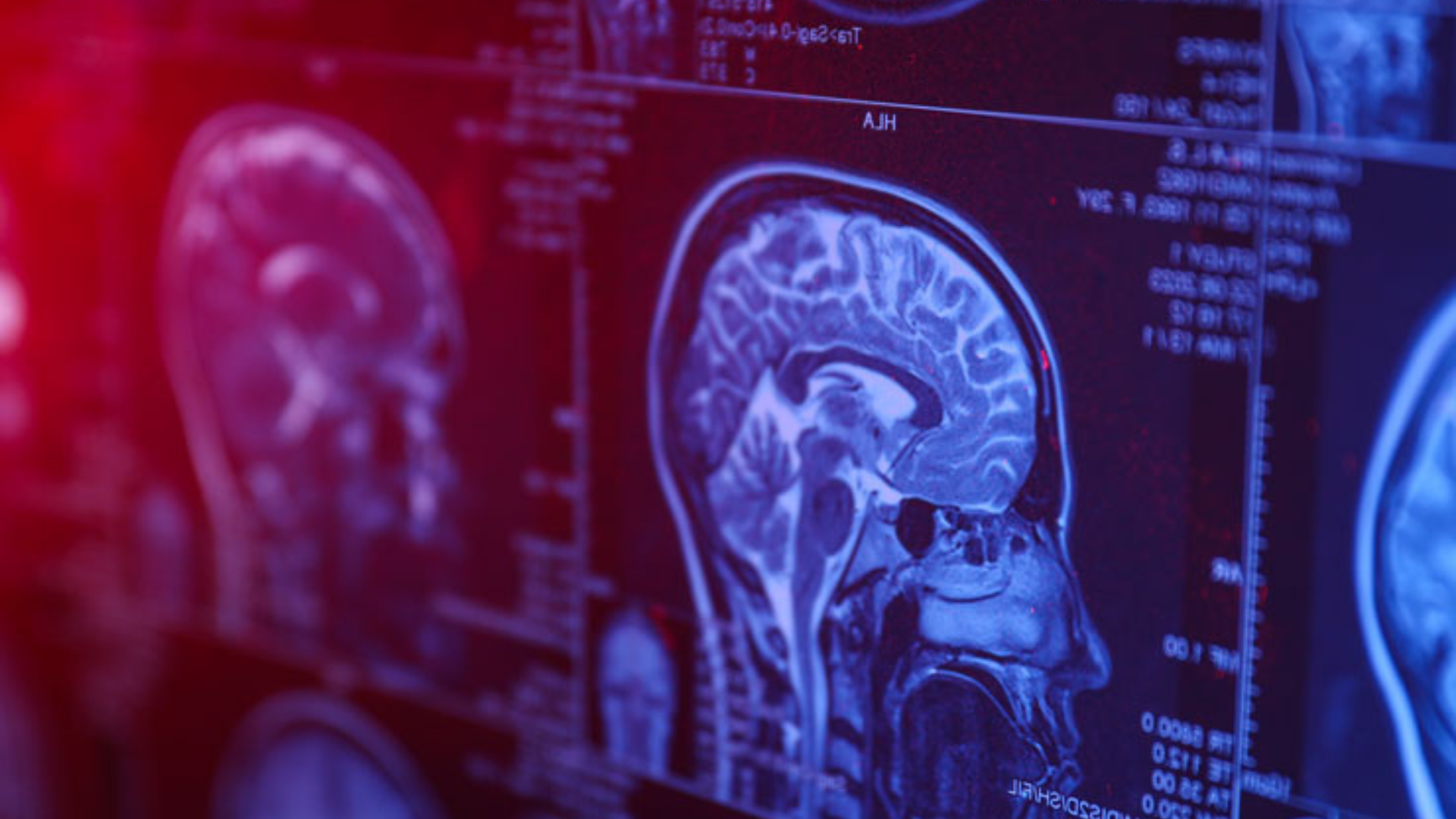
Implantable technologies: The man-machine merger
Opinions expressed whether in general or in both on the performance of individual investments and in a wider economic context represent the views of the contributor at the time of preparation.
Executive summary: We all want to live longer and overcome the limitations of age and illness. Implantable technologies can help meaningfully. A wide and still-nascent range of applications are working on the successful monitoring, restoration and enhancement of numerous sensory and cognitive functions. Their increasing prevalence can help improve health, security, military and economic outcomes. The broad bio-implants market is already estimated to be $200bn in size and is currently expanding at c10% a year. Beneficiaries are likely to be multi-industry and may span medical device manufacturers (Boston Scientific, Edwards Life Sciences, Sonova, Cochlear), life sciences businesses (Bruker, Thermo Fisher, PerkinElmer), 3D-printing companies (3D-Systems, Stratasys) and players in molecular diagnostics (Illumina) in particular. The man-machine merger is upon us.
Darth Vader and Arnold Schwarzenegger as the Terminator are two of the most enduring images from the cinema of the early 1980s, a time the author of your piece remembers fondly. The characters interest us not only because of their backstories and the fact that evil comes close – but ultimately fails – to defeat good, but also because they are different to us, they gain their power from being more than human. Thought of another way, the theme of human enhancement is a very enduring one. It refers simply to any attempt either temporarily or permanently to overcome the current limitations of the human body through artificial means. Improving technologies, falling costs and a coalescence of other future trends such as 3D-printing, nanotechnology and the Internet of Things mean that human enhancement is now no longer just the realm of science fiction and the cinema, but an increasing reality that will only likely grow in importance.
Long before the medium of cinema had even been invented, the Ancient Greeks had pioneered prostheses (meaning literally addition or attachment), simply being an artificial device that replaced a missing body part, which may have been lost through injury or disease. Jump forward to the 20th Century and the modern contact lens (made from plastic) was invented in the 1940s, the pacemaker in the 1960s and the cochlear implant in the 1980s. Some 3m people worldwide currently wear pacemakers with another 600,000 implanted annually, while there are 324,000 registered cochlear devices globally. Meanwhile, around 10% of the US population use contact lenses.
At the same time, people are becoming more and more connected to their mobile devices, with the average person spending the equivalent of 23 days a year on their handset (according to the Mobile Statistics website). Little of this time is used to make phone calls; more browsing websites and social media apps. Increasingly, however, handsets are also being used for their location, health functions and behaviour monitoring. In other words, not only are we already somewhat familiar with the idea of implantable technologies, but devices are becoming more connected to our bodies. The fusion of the human and the machine has already begun. In the future, technology will increasingly move from existing outside our bodies to residing within it. This is the ultimate logical extension of each previous computing cycle, making devices not only more portable but also more personal.
The arguments in favour of such a technological shift are compelling. At the most basic, it is human nature to want to better ourselves via increased life expectancy, helping to reverse Thomas Hobbes’ famous dictum of life being “short, nasty and brutish.” New technologies have the potential to help the human race to develop beyond its present limitations such as ageing and disease, as well as other, more general, incapacities such as the confines of speed, strength, endurance and intelligence. More positive health outcomes and longer lives could also result in fewer visits to the doctor and have implications for the healthcare and insurance sector as well as on pension planning, with retirement being potentially delayed. There are additional potential benefits that may derive from real-time identification, image recognition and network effects from shared information. These could have clear positive implications in terms of law enforcement, public safety and also for the military.
So how does the technology work practically? The range of applications can be broken down into three areas: monitoring, restorative and enhanced. In the former, implanted devices can be used to measure vital signs, detect health threats and develop a personal emergency response system. Restorative relates to the use of technology to restore lost function, organs or limbs. The key aspect here is to repair broken or missing processes to revert to a healthy or average level of function. Meanwhile, enhanced technologies – while potentially more controversial – can allow humans to gain functions that were not originally present (whether practical or just aesthetic). These can be healthcare-related or pertain to identification and verification techniques.
What all share in common is the multi-disciplinary combination of 3D-printing, nanotechnology and the Internet of Things described earlier. At the University of California, Berkeley, engineers have, for example, built the first dust-sized wireless sensors that can be implanted in the body. These devices are the size of a large grain of sand and can be used to monitor internal nerves, muscles and organs in real-time. Meanwhile, researchers at the University of Illinois have crafted an implanted skin mesh of computer fibres thinner than a human hair that is able to monitor the body’s inner workings from the surface. Elsewhere, a new bionic pancreas is being tested at Boston University. This has a tiny sensor on an implantable needle that ‘talks’ directly to a smartphone app to monitor blood sugar levels for diabetics. In London, scientists are working on swallowable capsule-sized circuits that monitor fat levels in obese patients and generate genetic material to make them feel ‘full’. Many other similar trials are underway globally.
Turning to restorative functions and a number of implantable products are under development or even available in some cases. Retinitis pigmentosa (a form of blindness) affects an estimated 1.5m people globally and a bionic eye has been developed by private US company Second Sight to treat the condition. Video-equipped glasses are wirelessly linked to an aspirin-sized implant surgically placed inside an eye. Once sightless people can now detect light, differentiate between objects and read large print. FDA approval for the product was granted in 2013. For those hard of hearing, scientists at Princeton University have recently used a 3D printer to create an ear capable of perceiving frequencies far higher than human hearing. The artificial organ is expected to help the deaf or dramatically boost normal hearing, and could be commercially available within five years. Meanwhile, researchers at Stanford University and Georgia Institute of Technology have developed skin and touch sensors that can be integrated into prosthetic limbs, enabling users to feel and touch.
In terms of identification and verification, the US military already has programmes afoot to equip soldiers with implanted RFID (radio-frequency identification) chips in order to keep track of them, especially if lost in conflict or captured. Other nations are also experimenting with similar technologies while also working on applications to monitor soldiers’ health remotely via implanted sensors. Several start-ups including Seattle-based Dangerous Things are also in the process of developing and implanting chips using RFID and NFC (near-field communication) technologies for use by consumers. Such implanted chips would allow wearers to open their cars without a key or transfer business cards simply by shaking hands. Some 10,000 people globally have already had such chips implanted according to Dangerous Things. The author of your piece met the company earlier this year and was impressed, but has not chosen to have any implants (yet).
As the above examples highlight, the application of implantable technologies is potentially huge and also very varied. However, the technology is not without its critics. There are both practical and ethical to factors consider. In the former category, considerations include: cost and hence availability; comfort and aesthetics; potential product deterioration and the subsequent inconvenience of replacement; interoperability between devices; and, the scope for hacking. All these need to be addressed in some form. Most can probably be overcome in time and as the technology improves further from existing levels. More controversial are the ethical issues, whether it may be inappropriate to change human biology in the face of incomplete knowledge about the consequences. Unequal access to enhancement may also further widen inequality gaps. Additionally, many worry over the increased risk of surveillance, were authorities (or even insurance companies and employers) to use the data from implanted sensors to track the behaviour of people.
Despite these concerns, it seems that the question is more one of when rather than if for the integration of increasingly sophisticated technology into the human body, based on the amount of research being committed to the industry and the participation from major listed businesses. Nonetheless, since the market is new and hence broadly unproven, forecasting its size is difficult. The demand is certainly there. In a December 2015 study of 6,000 smartphone users commissioned by Ericsson, some 80% of respondents stated that they would like to use technology to augment their sensory perceptions and cognitive capabilities. Vision enhancement was ranked first, followed by memory, hearing and intelligence. To provide some context for the market potential, the global medical implants market (defined as devices used to replace damaged or missing biological structures) is currently worth $200bn according to Allied Market Research, and is forecast to grow at a 10% compound annual growth rate through to the end of the decade.
Such a diverse theme will likely play out across many industries creating a variety of winners. Clearly, in order for the cyborg era to reach its full potential, a range of technologies will be required. Medical device manufacturers, life sciences businesses and 3D-prinitng companies in particular could benefit. In the former category, Boston Scientific (who sees its addressable market for minimally invasive devices being worth up to $35bn), Edwards Life Sciences, Sonova (the world’s leading provider of hearing solutions, who sizes its current market opportunity at $16bn) and Cochlear (listed in Australia and another major player in hearing implants) could all be potential beneficiaries. Bruker, Thermo Fisher and PerkinElmer are all current leaders within the provision of scientific solutions and analytic solutions that allow for the manipulation of materials at molecular levels, while 3D-Systems and Stratasys currently command strong positions within next-generation printing. Elsewhere, Illumina, as the leading provider of molecular diagnostics solutions – showing what potentially needs to be implanted where – could benefit, as might leaders within the fields of the Internet of Things (ARM, recently acquired by Softbank), smart chips (NXP Semiconductors) and even big data analytics (Google, IBM).
Alexander Gunz, Fund Manager, Heptagon Capital
Disclaimers
The document is provided for information purposes only and does not constitute investment advice or any recommendation to buy, or sell or otherwise transact in any investments. The document is not intended to be construed as investment research. The contents of this document are based upon sources of information which Heptagon Capital LLP believes to be reliable. However, except to the extent required by applicable law or regulations, no guarantee, warranty or representation (express or implied) is given as to the accuracy or completeness of this document or its contents and, Heptagon Capital LLP, its affiliate companies and its members, officers, employees, agents and advisors do not accept any liability or responsibility in respect of the information or any views expressed herein. Opinions expressed whether in general or in both on the performance of individual investments and in a wider economic context represent the views of the contributor at the time of preparation. Where this document provides forward-looking statements which are based on relevant reports, current opinions, expectations and projections, actual results could differ materially from those anticipated in such statements. All opinions and estimates included in the document are subject to change without notice and Heptagon Capital LLP is under no obligation to update or revise information contained in the document. Furthermore, Heptagon Capital LLP disclaims any liability for any loss, damage, costs or expenses (including direct, indirect, special and consequential) howsoever arising which any person may suffer or incur as a result of viewing or utilising any information included in this document.
The document is protected by copyright. The use of any trademarks and logos displayed in the document without Heptagon Capital LLP’s prior written consent is strictly prohibited. Information in the document must not be published or redistributed without Heptagon Capital LLP’s prior written consent.
Heptagon Capital LLP, 63 Brook Street, Mayfair, London W1K 4HS
tel +44 20 7070 1800
email [email protected]
Partnership No: OC307355 Registered in England and Wales Authorised & Regulated by the Financial Conduct Authority
Heptagon Capital Limited is licenced to conduct investment services by the Malta Financial Services Authority.



